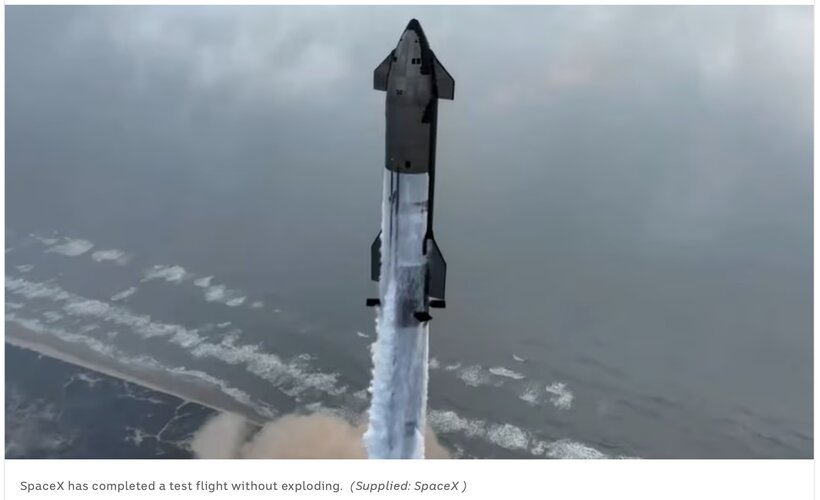But nobody would actually want to finance an expended Starship launch when they have the F9/FH as an option. Only a few NASA and DOD outsized payloads would make Starship a necessity and I don't think we can come up with truly viable Starship use cases for at least a decade though. Until that point, it doesn't matter whatever Starship could actually do, Falcon 9 simply does it better (cheaper/more reliable). Simply said, you don't need a beast of a rocket for most missions.
Starlink V2 satellites will probably keep Starship busy, in much the same way the original v1 satellites were used to validate F9 reuse.
Last edited:


